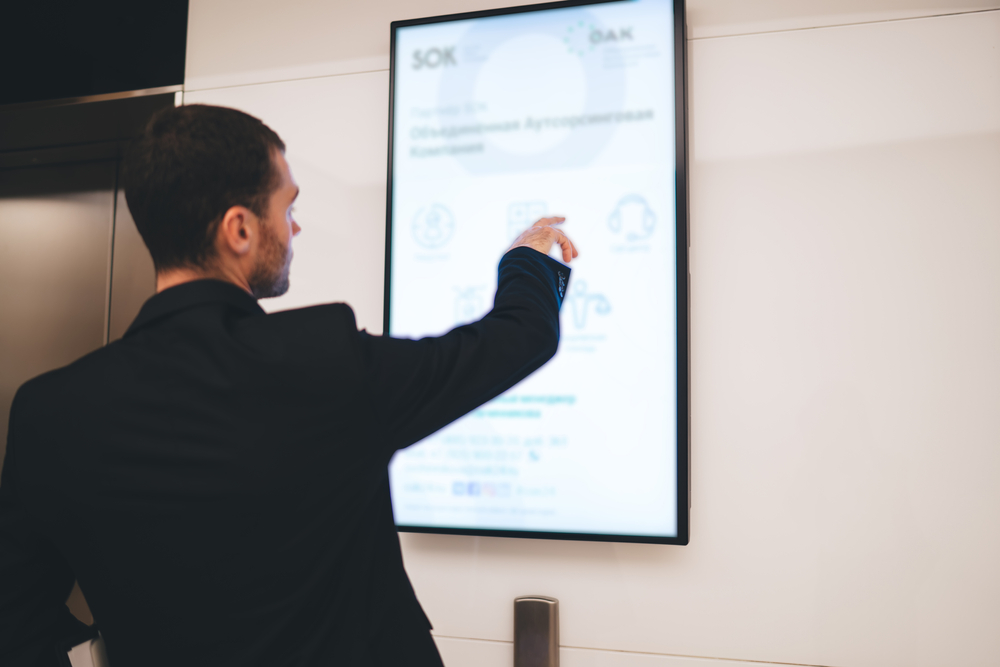How Trial Presentations Can Help Lawyers Navigate Challenging Legal Cases
How Trial Presentations Can Help Lawyers Navigate Challenging Legal Cases
Blog Article
Enhancing Your Lawful Approach With Expert Test Presentations
In today's legal landscape, the relevance of expert test presentations can not be overstated. By changing dense lawful ideas into interesting narratives, professionals can boost juror understanding and retention.
Significance of Test Presentations
Trial discussions act as a critical aspect in the legal process, efficiently connecting the void in between complex lawful disagreements and juror understanding. The ability to boil down complex legal concepts into accessible narratives is essential for jurors, who need to make enlightened choices based upon the evidence provided. A well-crafted presentation not only clears up the instance yet also improves the persuasiveness of the argument, ultimately influencing the jury's perception.
In a period where focus spans are limited, the significance of engaging visuals and clear interaction can not be overemphasized. Test presentations offer to record jurors' interest and preserve their focus, enabling a much deeper understanding of the facts and lawful problems available. They provide an organized framework that organizes the situation, promoting logical flow and coherence.

Key Parts of Effective Presentations
An efficient discussion in a court setting depend upon a number of vital parts that jointly improve its effect. Leading among these is quality of message. Lawyers must boil down complex lawful arguments right into succinct, easily absorbable points to make certain jurors understand the core concerns. Matching this quality is using a compelling narrative structure. A well-organized presentation, with a clear beginning, center, and end, guides the target market via the instance, making it more relatable and remarkable.
Aesthetic help play a vital role also, as they can considerably strengthen key messages. Effective use of exhibitions, graphes, and diagrams can clarify complex information and emphasize essential truths. Additionally, the presenter's delivery style is essential; confident, appealing communication fosters credibility and preserves jurors' focus.
Finally, understanding the audience is vital. Tailoring the presentation to the jurors' histories and values can foster a link that enhances receptivity to the disagreement. In summary, clearness, narrative framework, visual aids, shipment style, and audience recognition are essential to crafting a reliable court presentation that resonates with jurors and sustains the overarching legal strategy.
Technology in Test Presentations
Modern court rooms progressively integrate modern technology to enhance over at this website test presentations, improving the fundamental elements of efficient communication established with clear messaging and interesting stories. The consolidation of audio-visual help, such as high-definition projectors and interactive display screens, enables lawful groups to existing proof in a much more compelling manner. This innovation not just catches the jury's focus but additionally helps with a much better understanding of complicated information.

Digital tools, consisting of discussion software application and digital display management systems, improve the organization and access of proof (trial presentations). Attorneys can promptly reference records, photos, and video clips, making sure that crucial information is conveniently available throughout the trial. Additionally, the usage of animations and simulations can vividly show key ideas, making them easier for jurors to understand
Additionally, court room modern technology promotes partnership among lawyers, allowing real-time modifications to discussions based upon court reactions or unanticipated developments. The capacity to adjust on the fly is vital in keeping engagement and enhancing debates. As technology proceeds to develop, its function in test presentations will undoubtedly increase, providing cutting-edge means to interact effectively and persuasively in the pursuit of justice.
Narration Strategies for Effect
Reliable storytelling methods are vital in supplying impactful trial discussions, as they transform intricate legal arguments into relatable stories. A well-crafted story astounds the audience, making it easier for jurors to comprehend and remember bottom lines.
To produce an engaging story, attorneys should focus on developing a clear framework with a beginning, center, and end. The start should introduce the case context and its significance, while the middle elaborates on the core concerns, weaving forthcoming and witness testimonies that sustain the argument. Conclusively, the ending need to strengthen the designated message, driving home the preferred outcome.
In addition, incorporating psychological elements can substantially boost the narrative's influence. By humanizing the case, lawyers can stimulate compassion, allowing jurors to link directly with the truths offered. Utilizing vivid imagery and stories can also assist in highlighting intricate motifs, making them extra tangible and unforgettable.

Tips for Implementation in Court
Executing narration techniques in court requires careful planning and execution to make sure that the story reverberates with jurors. Begin by determining the core message of your instance and straightening it with the official statement psychological and factual aspects that will certainly involve the jury. Create a clear and engaging narrative arc that includes an intro, an advancement of dispute, and a resolution.
Use aesthetic aids to enhance narration; exhibits, timelines, and multimedia discussions can help highlight complicated ideas and keep juror passion. Practice your delivery, making sure that body language, tone, and pacing follow the psychological weight of your tale.

Final Thought
In verdict, expert test presentations play an essential duty in improving lawful approaches by effectively interacting intricate disagreements to jurors. The combination of visual help, clear stories, and emotional storytelling cultivates juror involvement and understanding. By leveraging innovation and adhering to crucial elements of successful presentations, lawyers can considerably improve the likelihood of attaining desirable verdicts. The execution of these approaches is important for modern-day test advocacy, eventually shaping the end result of lawful proceedings - trial presentations.
Report this page